Characteristics of the currency pair GBP/USD
What is a currency pair?
In official terminology, a currency pair is a price-quoted exchange rate for two currencies traded on the international Forex market. One currency is quoted against the other. The first declared currency of a Forex pair is the base currency, and the second is the quoted currency.
Pairs indicate the price value of the base currency and quoted currency. The quoted currency means how many units are needed to buy one branch of the base currency. When an order is placed in Forex, the base currency is purchased, and the quoted currency is sold.
There are two primary movement factors:
- The base currency strengthens or falls;
- The quoted currency rises or falls.
Because the Forex market never sleeps, prices are constantly changing.
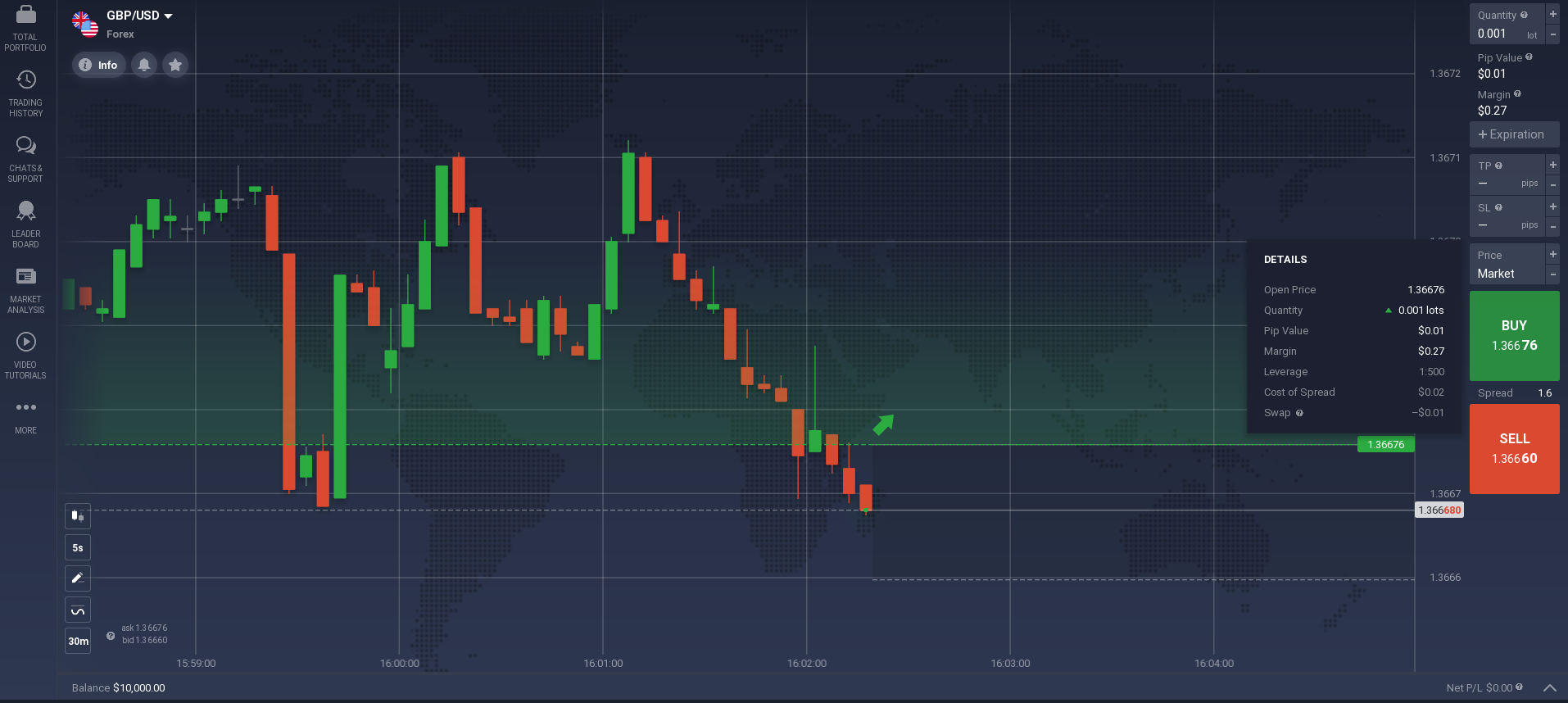
Designation and valuation
So we already know: there are two currencies - a base currency and a quoted currency. So if we take GBP/USD as an example, the GBP becomes the base currency, and the USD becomes the quoted currency. So the value of a pound is estimated by how many dollars it takes to buy one pound.
In our example, when the pound strengthens and the dollar remains static the GBP/USD exchange rate rises. Conversely, if the pound weakens, the exchange rate falls. When the USD appreciates, GBP/USD falls. A weakening of the quid would boost the pound/USD exchange rate, as the former would strengthen against its counterpart.
1. Major or major.
These are the most volatile, the most liquid and, therefore, the most traded currencies on the Forex market:
- EUR/USD;
- GBP/USD;
- USD/JPY;
- USD/CHF;
- AUD/USD;
- NZD/USD;
- USD/CAD.
Notice the trend - every major or major pair includes the US dollar.
2. Cross rates and minor instruments.
The most-traded crosses are tied with three major currencies, narrowly trailing number one. These are the Euro, the English Pound and the Yen (EUR, GBP, JPY).
EUR:
- EUR/CHF;
- EUR/GBP;
- EUR/AUD;
- EUR/NZD;
- EUR/CAD.
Yen:
- EUR/JPY;
- GBP/JPY;
- CHF/JPY;
- CAD/JPY;
- AUD/JPY;
- NZD/JPY.
GBP:
- GBP/CHF;
- GBP/AUD;
- GBP/CAD;
- GBP/NZD.
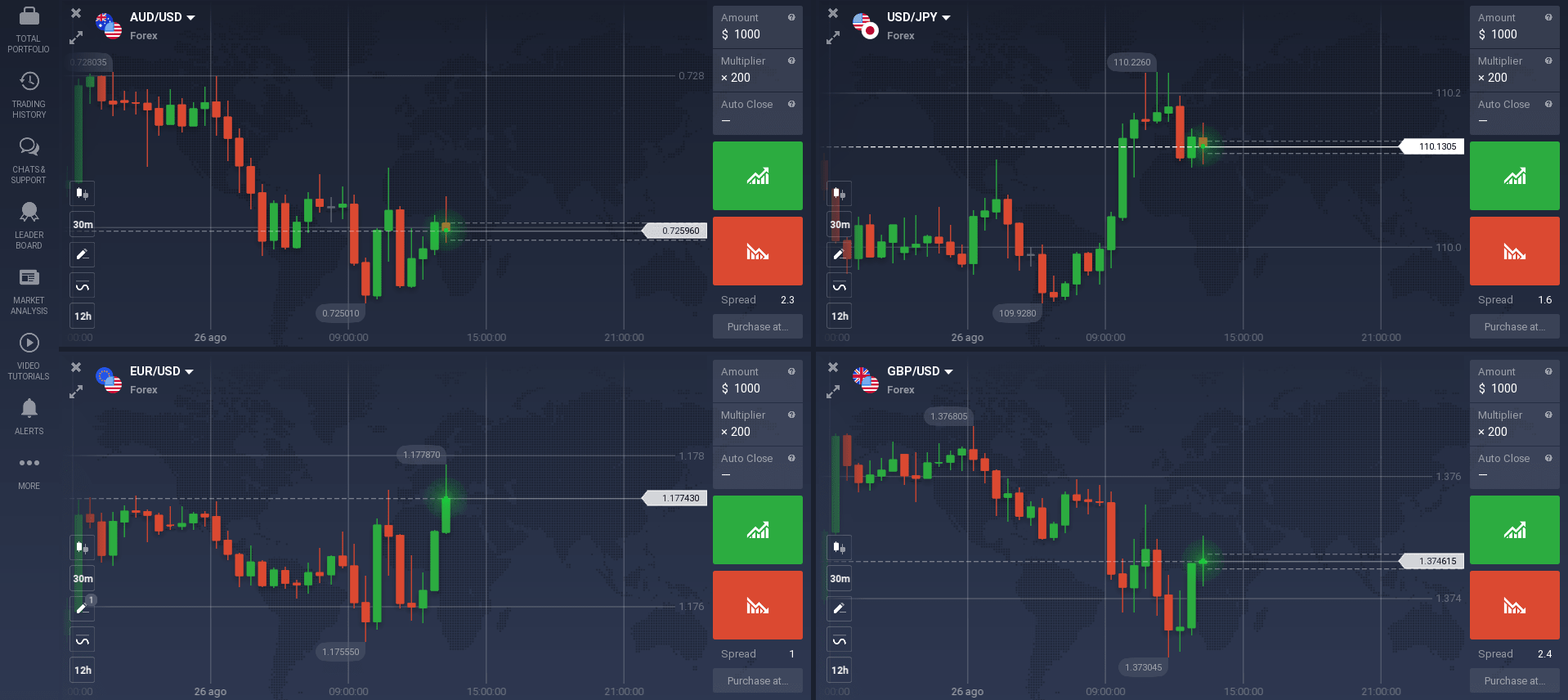
These are the major Forex crosses that are in demand and have maximum liquidity. All the others are in a minor category. Therefore, though the daily volume of these crosses is lower than that of the major ones, they cannot be called illiquid.
If you compare with the stock exchange, even their trading volume is enormous. Do not forget that the currency market is the most liquid financial market globally, so even the second and third-tier currencies are actively traded.
3. Exotic pairs.
Exotics are not very popular with traders, so they are often less liquid than even minor crosses. As a result, their volatility is higher, and forecasting using technical analysis is less reliable.
Here are examples of exotics in Forex:
- AED/ARS - UAE Dirham/Argentine Peso.
- GYD/MZN - Guyanese dollar/Mozambican New Medical.
- OMR/AZN - Omani Riyal/Azeri New Manat.
That is just a tiny part of a list of all the exotic currency pairs in the world.
Commodities, precious metals trading
Historically, the Forex market has been tied to prices of raw materials and precious metals. Oil on the Forex market is traded in lots. One lot is equivalent to the value of 100 barrels in USD. Similarly, oil futures are traded.
Base metals trade in a similar fashion. For example, in the XAU/USD linkage, the dollar is pegged to an ounce of gold, an international unit for measuring the mass of precious metals. Other metals, such as silver, platinum and palladium (XAG, XPT and XPD), also have their designations.
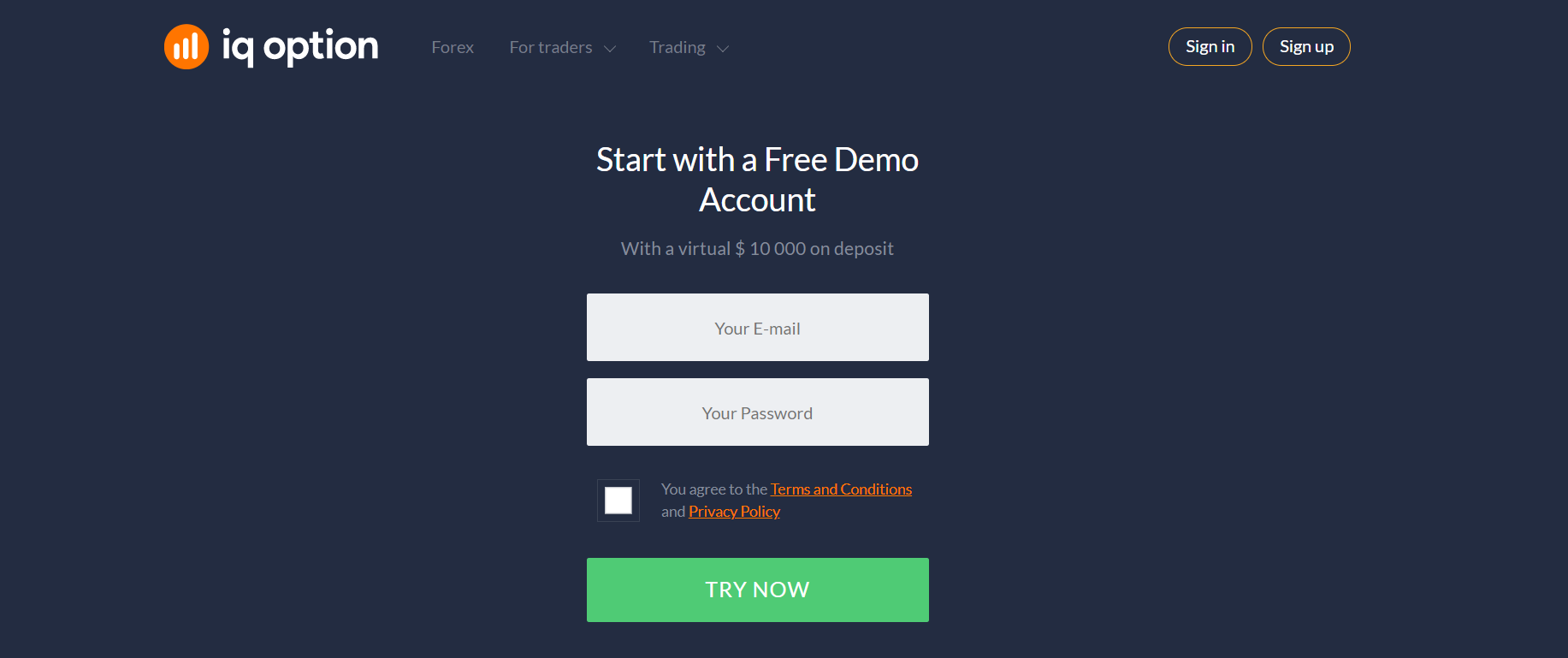
Trading sessions
Forex trading sessions are the trading hours of the world's forex exchanges, divided into four financial sessions: Pacific, Asian, European and North American.
Each Forex trading session has its characteristics. For example, the European trading session takes up 50% of the daily turnover of the forex market, while the Asian and Pacific sessions take up 20%. So knowing about the trading sessions is vital for successful trading.
You can make money when the market is moving up, and you can even make money when the market is moving down. But it will be tough for you to make a prosperous trade and profit when the market is not fluctuating and standing still.
Differences in trading sessions
Before determining the ideal time to trade, you need to understand what a 24-hour day looks like in the Forex world. Generally speaking, the foreign exchange market can be broken down into these introductory Forex trading sessions:
- Asian and Pacific sessions.
After the weekend, liquidity returns to the forex market during the Pacific and Asian sessions. The market starts through financial centres in countries like Australia, New Zealand, China and Japan, and Russia is also among them.
The most popular currency to trade at this time is the Japanese Yen. During this trading session, the most volatile currency pairs are GBP/JPY, GBP/CHF, USD/JPY, and AUD/JPY. Not only fundamental forces are affecting the volatility of these currency pairs, but also significant economic news releases from China, Australia, Japan and New Zealand.
- European session.
The European session operates through major financial centres like Frankfurt, Paris, London and Zurich. London is considered the most important financial centre globally, and approximately thirty per cent of all forex transactions pass through it.
With such impressive trading volumes, the European trading session accounts for the most significant market fluctuations. The most active currencies during the session are the Swiss franc, the Euro and the British pound. Meanwhile, GBP/CHF currency pair remains volatile, competing with USD/CHF and GBP/JPY.
- North American session.
This session is dominated by transactions that pass through the USA, but the North American trading session still passes through Canada, Mexico and South America. Volatility peaks in New York, where fundamentals drive the American and Canadian dollars. As 85% of forex trading is done with the American dollar, a lot of volatility in the forex market occurs during this session.
Considering the opening hours of one or another trading session and knowing what time Forex opens, a trader can correctly plan his working hours. By determining the hours of the highest activity on the currency pair of interest, a market participant avoids lengthy monitoring of the price movement and waiting for a burst of activity.
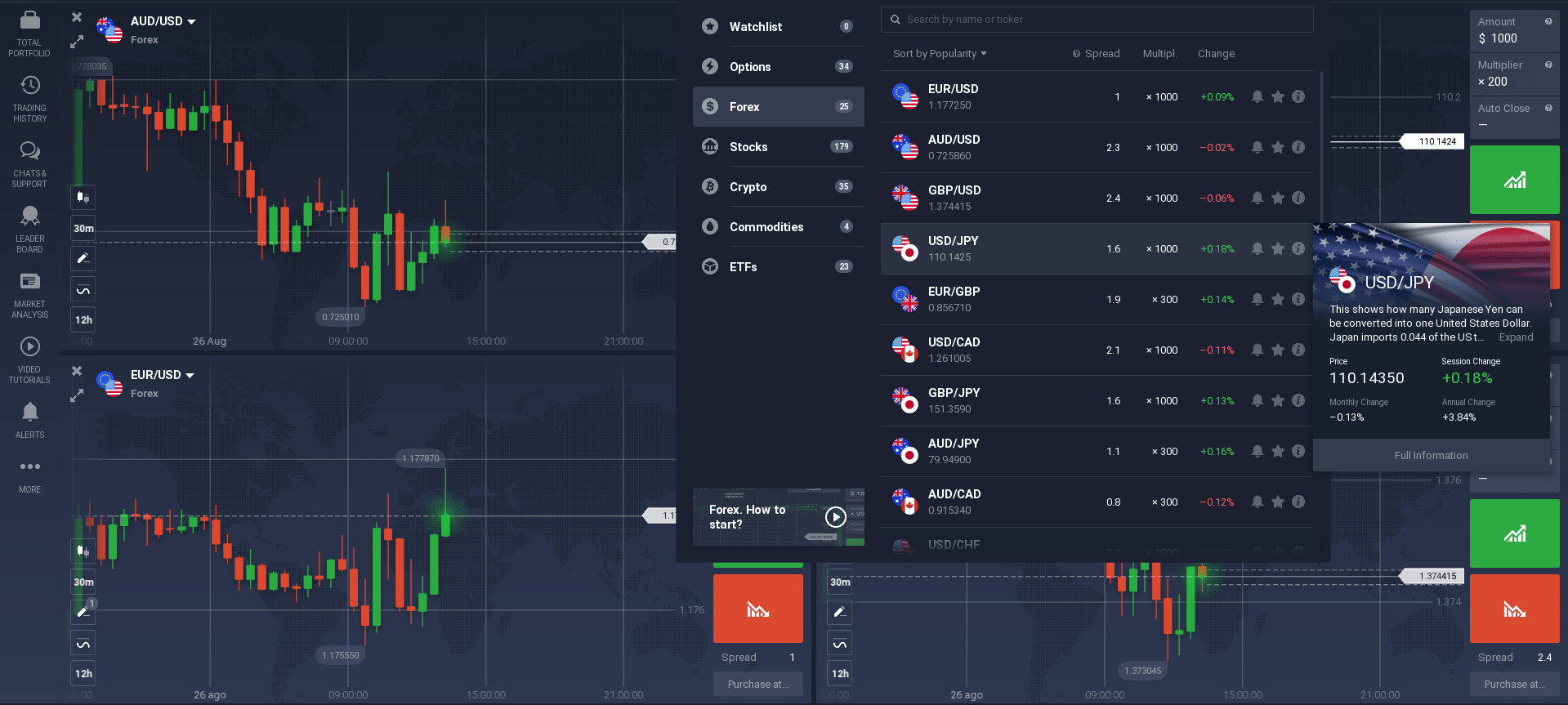
Trading time frames
The choice of the time frame in the forex market is an essential part of successful trading. A suitable time frame is selected, taking into account a trader's trading habits, trading system and deposit size.
A timeframe is an interval of time with quotes for forming chart elements of a financial instrument. For example, a specific time frame on Forex does not display the entire history of price movements but only the opening, closing, highs and lows of a candle or bar. Likewise, line charts show only the closing price for a specific time frame.
An hourly candlestick chart shows price changes within that time frame. For example, what price it opened, the high of the low, and how it closed the hour. One hour candlestick contains four fifteen-minute candlesticks. Most traders use the main working time frames in the Forex market: M1, M5, M15, H1, H4, D1, MN. But there are also other intervals for work.

How do I choose a time frame?
There are two basic approaches to determining the appropriate timeframe for your work. The first one is based on the trader's personal preferences, i.e. how comfortable working on a specific time frame is. And the second one depends on the trading system you have chosen. For example, does it work efficiently on this timeframe, maybe you will get more profit, and the result will be better if you switch to a more extended timeframe?
Choosing a comfortable time frame can affect many aspects of trading, including how much time you spend on the trade, what percentage of profit you can make, how often the signals come and how accurate they are. In addition, an optimal timeframe will also affect the psychological aspect of trading, reducing any emotional stress. To understand which timeframe to choose, you need to understand their peculiarities.
Traders who are interested in intraday trading can create a trading strategy for timeframes from M1 to H1. Opening and closing signals come in several times a day, so you need to be in front of the monitor all the time. Day trading is time-consuming and requires extreme concentration. Therefore, traders need to be continuously monitored. Almost every beginning trader trains on small time frames to faster understand the peculiarities of working on Forex. But as time passes, most exchange speculators will switch to trading on higher time frames.
Analysis of charts for medium-term position opening begins with H1 and H4. The duration of a single trade is from a few hours to a few days. Most of the orders are opened with the classic risk ratio. And because the small position opening spreads are reduced, there is the opportunity to trade a large number of instruments, including exotic currency pairs that cannot be used for scalping or day trading because of the large spread.
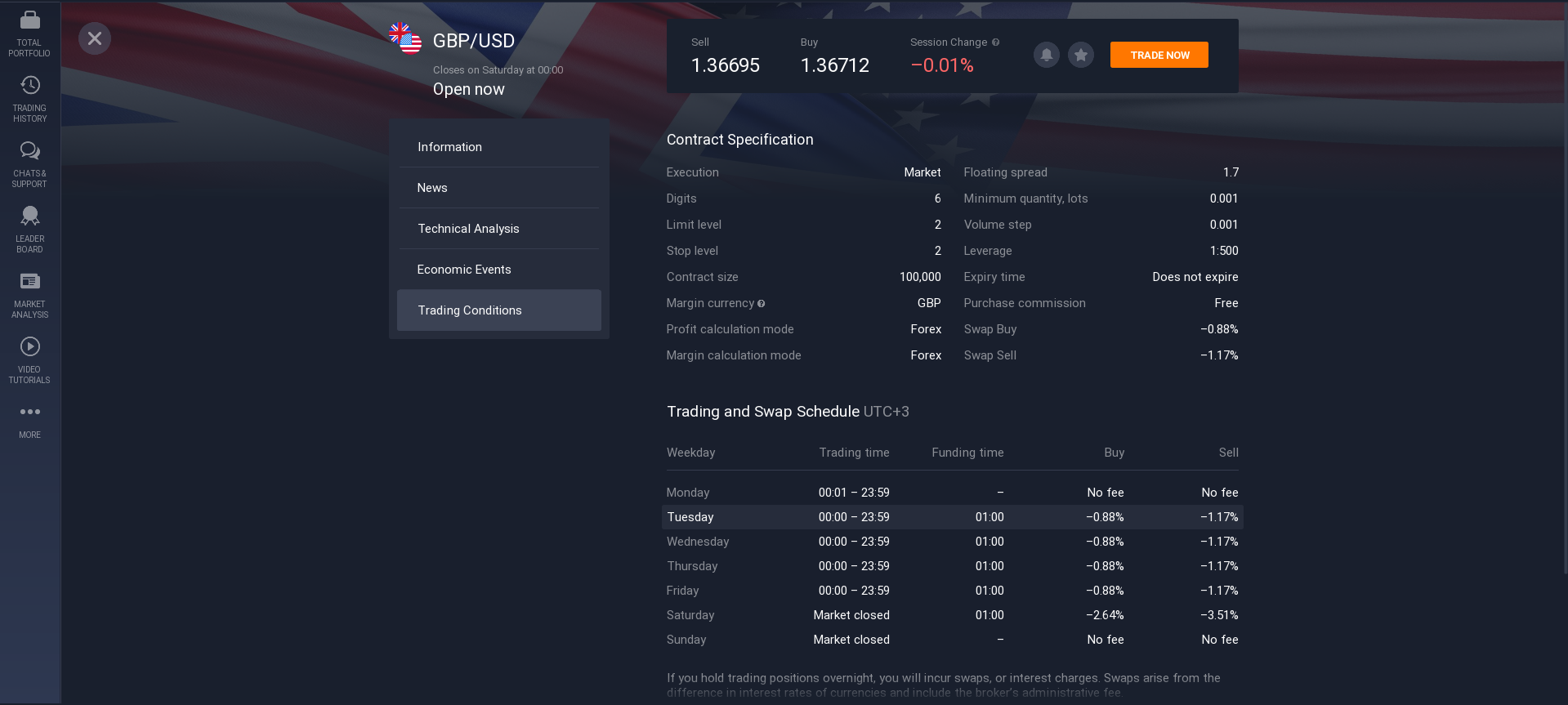
Market participants with large deposits are more inclined to invest or trade for the long term. They analyse the markets on large timeframes from H4 to MN. This trading style does not require daily position monitoring. Therefore trading takes little time and can be perfectly combined with any activity. Investors work with several instruments at the same time. Both technical analysis and fundamental analysis are used for long term position opening.
The second approach is based on the rules of an existing trading system. Traders develop practical trading principles for a particular timeframe. Although profitable trading systems can be beneficial on other intervals, you need to test them. The results of the testing will show you the best option.
Features of the currency pair GBP/USD
GBP/USD is one of the most traded currencies on the forex market, and while choosing a currency pair, it is worth knowing the trend in this instrument and the best time to trade.
GBP/USD is made up of two currencies - the British pound, which acts as the base, and the U.S. dollar, which quotes this currency. Quote GBPUSD shows the value of one British pound sterling, expressed in U.S. dollars. That is how many dollars it takes to buy one pound.
This tool is quite popular due to the high volatility of this pair, the change in the price of the pound and the dollar have different factors, so at the same time, there may be a growth of one currency and a decline of the other, which creates excellent opportunities for earning.
In a day, this pair makes on average from 100 to 200 pips, so you should trade with caution. Its rate is a little more stable during the Asian trading session, where it slows down to 30-50 pips per session.
Also, the GBP does not have a high-interest rate, so this pair is often used in CFD trading. The total share of this pair in forex trading is around 12%.
As domestic economic and political events and news from the Eurozone influence the British pound rate, it often coincides with the movement of the Euro.
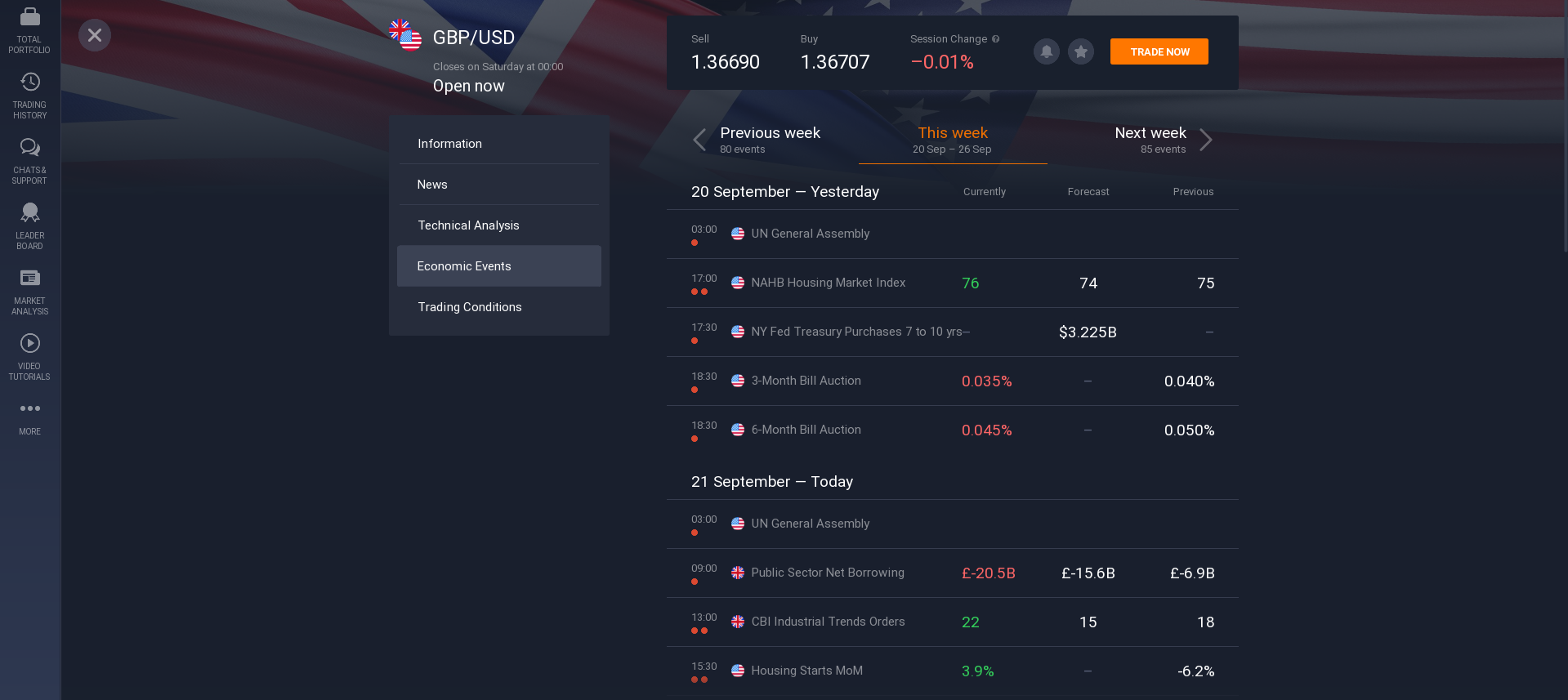
Trading on the currency pair GBP/USD
As mentioned earlier, this currency pair is an excellent tool for swaps trading, and it is also used in American and European trading sessions, and it gets especially busy at the opening of the London and New York markets. You can check out the movement on the GBP USD chart.
For beginners, you can use the trading of GBP/USD during the lull in the Asian trading session, or you can try trading Forex in small volumes in order to understand the principles of the trend.
Choosing a currency pair to trade on the forex market
When choosing a currency pair, focus on three primary parameters:
- Spreads. It is always more profitable to trade instruments that have narrow spreads. The thinner it is, the fewer pips between the price of divergence and demand, which means fewer losses for the trader when closing a trade. In particular, narrow spreads are a must for fans of scalping and other types of "fast" trading.
- Volatility. 90% of traders mainly rely on technical indicators. While volatility is considered good because price movement is money movement, it also brings risks, requiring a wide stop loss range. Moreover, the higher the volatility, the harder it is to predict price behaviour.
- Trading sessions. The best time to trade is when the market is most active and has the highest volume of trades. For example, when Asia opens Tokyo, the best time to trade is from 7 pm to 10 pm ET. When the London market opens, almost all currencies can be traded profitably.
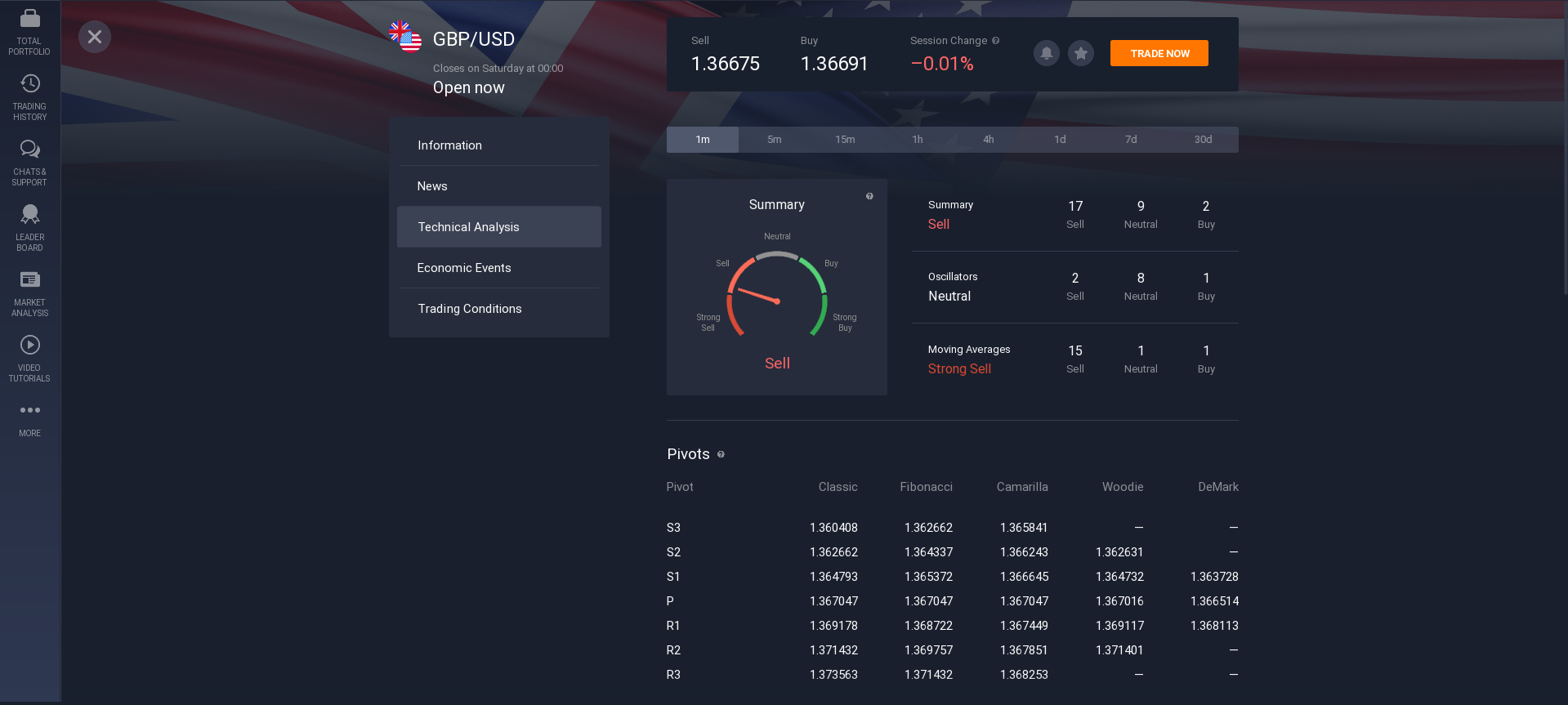
How to start trade GBP/USD in the UAE?
The process of becoming a trader begins with the basics. It is like mathematics at school - if you do not learn the basics in junior school, you will not understand what it is all about.
If you don't know the basics, trading will turn from a thoughtful and deliberate activity into a series of rituals in books, articles and forums. Or, to put it simply, the digital equivalent of roulette.
That's why if you want to start trading GBPUSD, you need to choose a reliable broker and register on the website.
Demo account
A demo account is a free practice trading account. It is provided by a forex broker to a potential trader/investor and can be used to practice trading or test new strategies. It is also called a paper money account because it is funded with virtual money. The virtual cash allows them to understand the broker's trading platform and try different trading strategies without risking real money.
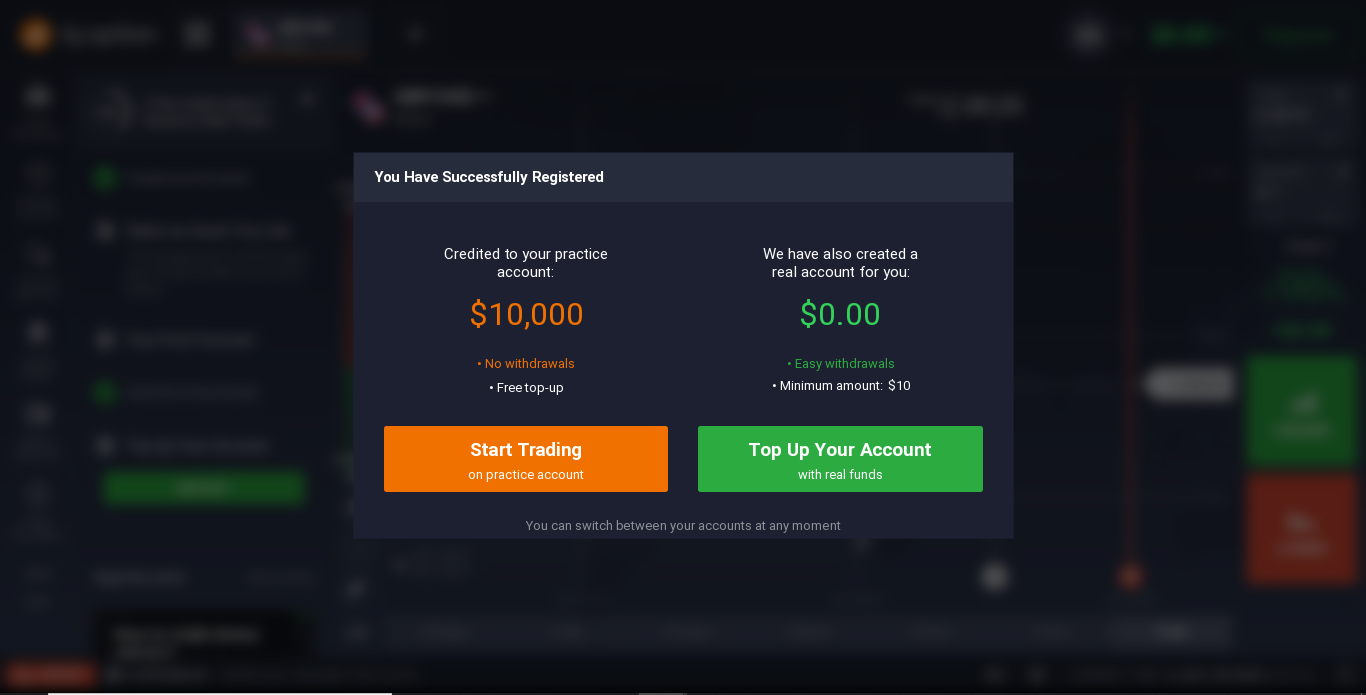
There is no better way to test your Forex trading skills than with a risk-free demo account, so make sure you get the most out of this opportunity.
Real account
To open a real account after training, you need to make a minimum deposit. Now you can fully experience and try trading.




